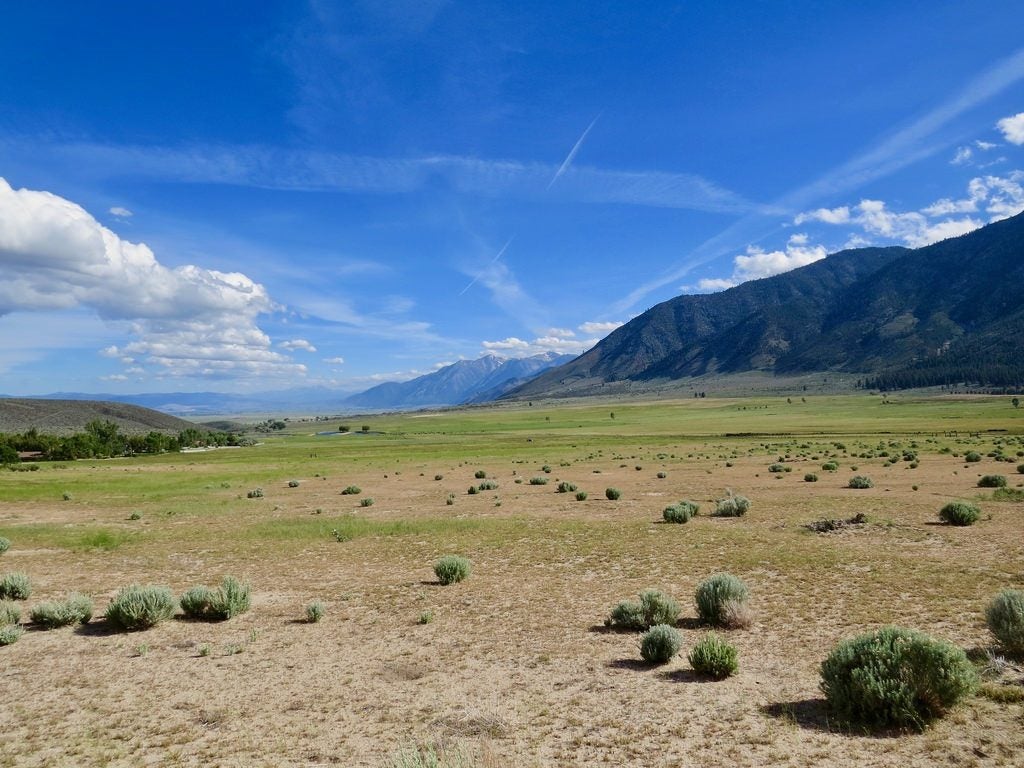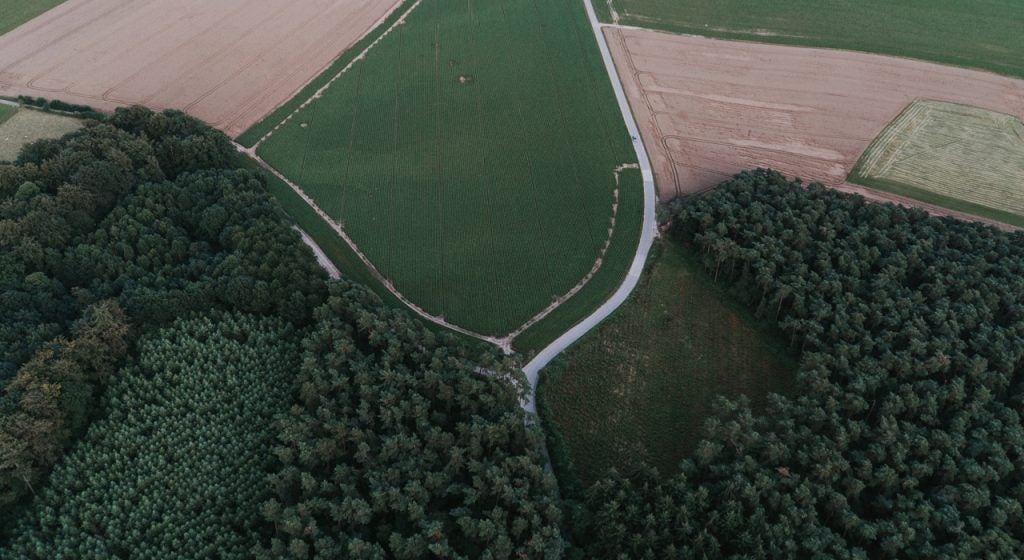How can communities get the most from investing in nature?
In places like Nevada, ranching has been a way of life for generations, and industries like mining provide key drivers of economic growth and community stability. But these landscapes also hold economic, historical and cultural values tied to the health and stewardship of natural resources.

The same is true for other communities across the country that are striving to address growing needs for infrastructure, economic growth, clean air and safe drinking water.
Balancing community resiliency, economic stability and stewardship of natural resources is no easy task. But a new funding mechanism is gaining traction on the ground in key places, providing proving grounds for how communities can make cost-effective investments in their futures.
Saving an imperiled bird in Nevada
The greater sage-grouse has posed a challenge for Nevada landowners and industries seeking to continue ranching and developing energy resources in areas that impact the bird’s declining sagebrush habitat. To overcome this, the state has been working with key stakeholders to develop a creative and cost-effective solution that protects both the bird and the state’s growing economy using public funds and pay for performance contracts.
Sometimes referred to as pay for success or environmental impact bonds, pay for performance contracts are contractual arrangements focused on impact. Where traditional grants reimburse for actions, pay for performance contracts connect payments to measurable environmental outcomes. In the case of the sage-grouse, the measurable outcome is acres of habitat preserved.
Using pay for performance contracts, the state of Nevada has rewarded landowners for improving sage-grouse habitat through actions such as removing invasive plants and using prescribed grazing plans.
With built-in tracking and reporting of outcomes, this approach has allowed the state to maximize the impact of their public funds – $2 million has gone to on-the-ground projects for sage-grouse to date – and reward landowners for implementing cost-effective solutions that deliver results.
Restoring wetlands in coastal Louisiana
Another place where a pay for performance approach could deliver big returns is in coastal Louisiana.
Experts are currently identifying wetland restoration projects from Louisiana’s Coastal Master Plan that could feasibly be financed using an environmental impact bond. The bond would condition payback to investors based on a project’s performance, such as whether or not the wetland helps reduce flooding to nearby communities. This is a great way to invest in high quality projects that maximize protections for people and nature, at a faster pace and lower cost.
Restoring wetlands and providing flood protection isn’t just vital for protecting coastal communities and minimizing future damages from storms. Reconnecting historic floodplains and maintaining flood infrastructure in places like California’s Central Valley is also critical to protecting rural communities, endangered wildlife and billions of dollars’ worth of agricultural production.
Effectively spending billions in conservation in California
California will spend billions of dollars over the coming decade to protect endangered species and mitigate for impacts from transportation projects and water and flood management infrastructure improvements.
To ensure these dollars are invested wisely, multiple stakeholders from one of California’s most productive agricultural regions have designed and launched a program that prioritizes outcomes.

The Central Valley Habitat Exchange is a market-based program for conserving and restoring habitat for multiple at-risk species in California, including the Swainson’s hawk, Chinook salmon and monarch butterfly. Through the exchange, farmers and ranchers are paid to grow habitat in ways that are compatible with production and maximize benefits for wildlife.
The exchange was awarded a USDA Conservation Innovation Grant in 2016 to increase the scale and effectiveness of conservation spending by transitioning investment models from reimbursement-based funding to a pay for performance approach. With the help of this grant, the exchange is creating an effective model that can be applied across the Central Valley, in other regions of California and beyond.
With many challenges affecting the health of our ecosystems, wildlife and communities, working together is not just the best solution, it is the only solution. Pay for performance tools have the potential to inspire a new, more effective model of conservation – one that brings conservation buyers to the table with local communities and diverse stakeholders to scale solutions that work.
Visit the Pay for Performance Toolkit for step-by-step guidance and downloadable resources to implement pay for performance.
This blog was adapted from an original post by Environmental Incentives.










